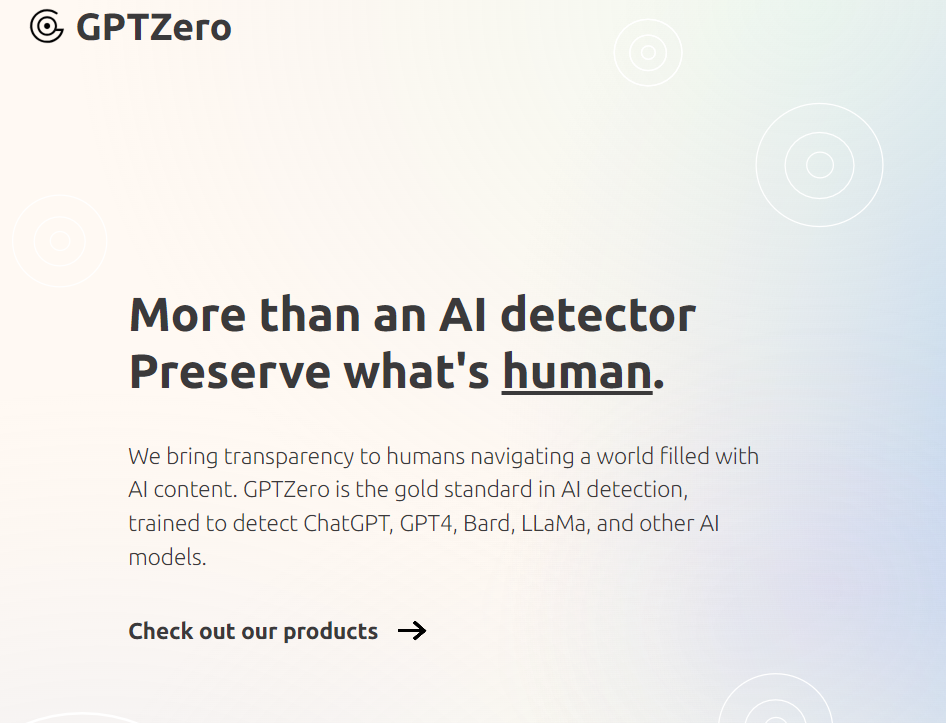
The passage describes a study carried out by EduRef to compare the calibre of essays written at the college level by human writers and GPT-3, an AI created by OpenAI. In this study, GPT-3 received the same writing prompts as a group of recent graduates and writers with undergraduate writing experience. A panel of professors graded the anonymous submissions.
The outcomes demonstrated that GPT-3 was able to achieve a “C” average across four subjects, occasionally even outperforming humans, but failed one paper. Although comments on papers written by humans and by AI were similar, the AI-written essays were regarded as being shorter and less descriptive. The GPT-3 scores in specific instances ranged from a solid C to a B-, reflecting a capacity for competent but not exceptional performance. This experiment demonstrates that while GPT-3 in particular has made significant progress in simulating human language, it still cannot consistently match or surpass the nuance and depth of college-level human writing. The result contributes to a larger discussion on AI’s potential and role in settings for professional and academic writing.
Teachers and researchers: To gain an understanding of the writing capabilities of AI and perhaps to help with grading or developing educational content.
To further develop, improve, and comprehend the capabilities of AI in human-like tasks. Tech companies and AI developers.
Writers and students: Although it is not stated in the text that GPT-3 is being offered as a tool for this purpose, it may serve as a writing aid.
>>> Please use: ChatGPT without login for Free
DEMO
Similar Apps

Research AI

Perxeive

Nothing Breaks Like A.I. Heart

GPTZero

Ghosts


